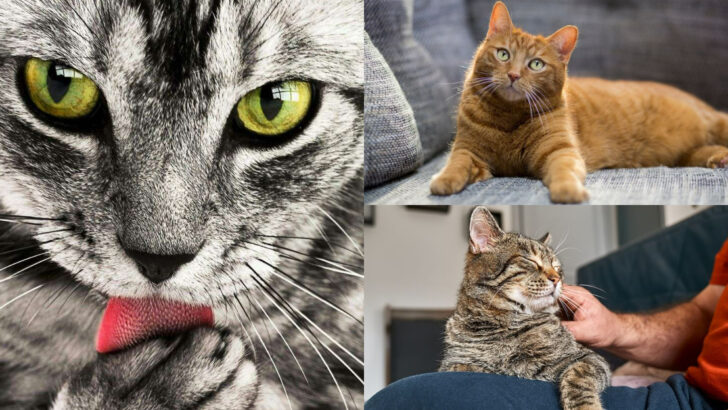Cats have a reputation for being aloof, unpredictable, and—let’s be honest—kind of rude. But are they really?
Or have we just been misreading their majestic, tiny lion-like ways? That “ignoring you” thing?
It’s called selective attention. The 3 AM zoomies?
Just an athlete in peak training mode. The random swat at your hand?
A love tap… in cat language. These furry enigmas aren’t jerks—they’re just living life on their own fabulous terms.
Behind every so-called “grumpy” cat face is a creature full of affection, loyalty, and quirky habits that actually make perfect sense—if you take the time to understand them. Ready to finally crack the code?
Let’s dive into the real reasons behind their so-called “rude” behavior and prove once and for all that cats are simply misunderstood geniuses.
Independence Misinterpreted
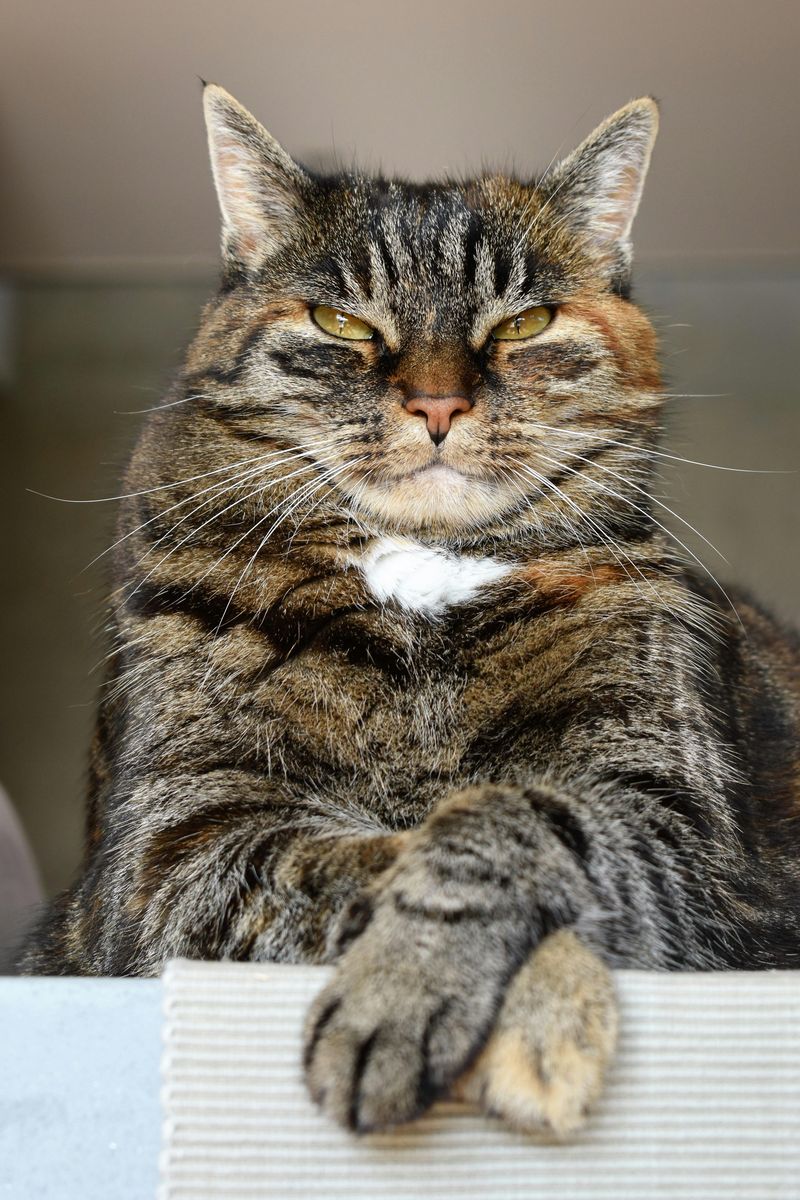
Cats often enjoy solitary moments, which can be mistaken for aloofness. This independence is a testament to their strong survival instincts, honed over millennia.
Unlike dogs, who historically relied on pack dynamics, cats evolved as solitary hunters. This doesn’t mean they dislike company; they simply cherish their alone time.
When they do seek human interaction, it’s a genuine choice rather than a need. Respecting a cat’s boundary will often lead to more affectionate behavior.
Understanding this aspect of their personality can greatly enhance the human-feline relationship.
Unique Communication Style
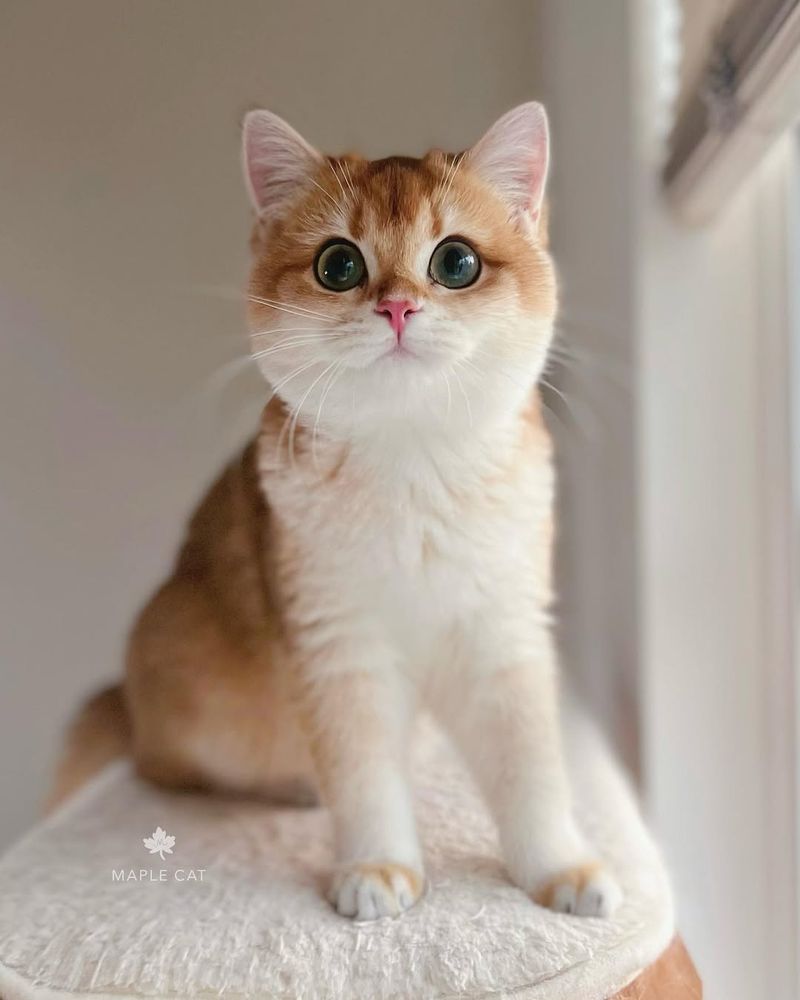
Cats communicate through a variety of sounds, body language, and even eye contact. A soft purr can signal contentment, while a gentle nudge might mean they’re seeking affection.
Their wide range of meows, from short chirps to longer howls, each carry specific meanings. Unlike dogs, who might wag their tails in joy, a cat’s tail can convey everything from excitement to irritation.
Understanding these subtle cues is key to interpreting their needs and feelings accurately. This knowledge fosters a deeper connection and appreciation for their nuanced expressions.
Sensitivity to Environment
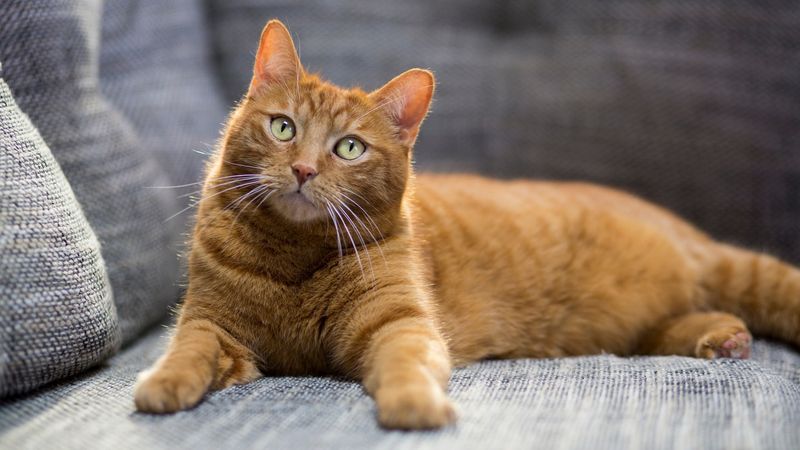
Cats are incredibly sensitive to changes in their environment. New furniture, unfamiliar smells, or even a change in routine can unsettle them.
This sensitivity stems from their survival instincts, as they are always on alert for potential threats. When introduced to new elements, they may react by hiding or appearing distant.
Providing a stable and safe environment helps them feel more secure. With patience and understanding, they will gradually adapt and show their true, affectionate nature.
This adaptability highlights their intelligence and desire for comfort.
Natural Predators

Cats possess innate hunting instincts, which are sometimes mistaken for aggression. Playful pouncing or chasing is their way of satisfying these natural urges.
Providing toys that mimic prey, like feathered wands or laser pointers, can channel this energy positively. This behavior is part of their genetic makeup, rooted in their wild ancestry.
Encouraging safe play allows cats to express themselves while preventing potential frustration. Understanding this aspect of their nature reveals a playful and curious side, rather than one of malice.
It’s a testament to their rich evolutionary history.
Affection on Their Terms
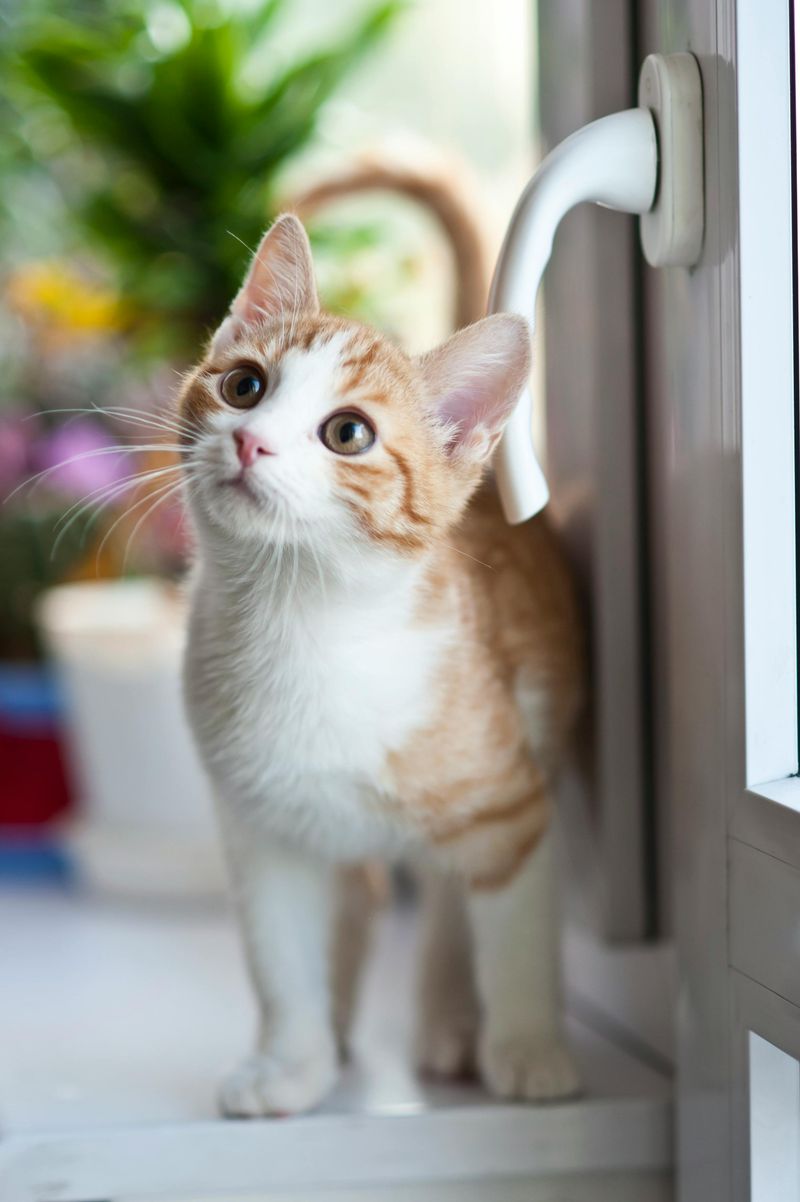
Cats show affection in ways that may not always align with human expectations. They might not enjoy being picked up but will happily snuggle beside you or rub against your legs.
This behavior is not a rejection but a preference for affection on their own terms. Recognizing these gestures as signs of love and trust can deepen the bond with your feline friend.
By respecting their boundaries, you encourage more frequent and sincere displays of affection. This mutual respect fosters a harmonious and rewarding relationship.
Territorial Instincts

Cats are naturally territorial animals. They often claim spaces within a home as their own, leading to occasional disagreements with other pets or people.
This behavior is rooted in their need to establish safe zones. Understanding their territorial nature can help mitigate conflicts.
Providing designated spaces, like cozy beds or window perches, allows them to feel secure and respected. This respect for their territory strengthens their trust in their human companions, revealing a more relaxed and friendly demeanor.
It emphasizes their need for security and familiarity.
Nocturnal Nature
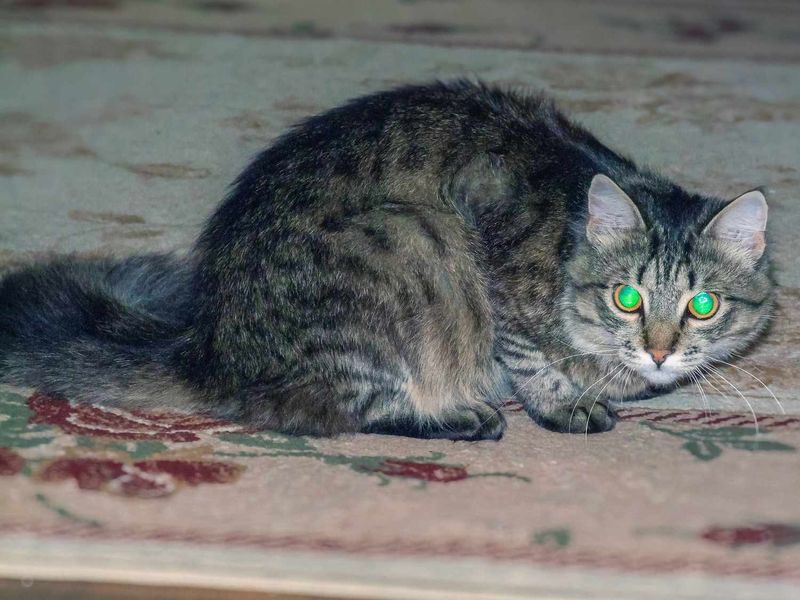
Cats are crepuscular by nature, meaning they’re most active during dawn and dusk. This can lead to nighttime antics that disturb their human companions’ sleep.
This nocturnal behavior is a remnant of their wild ancestors, who hunted when prey was most active. Instead of being annoyed, providing engaging toys and playtime during the day can help manage their energy levels.
Understanding this natural rhythm fosters patience and appreciation for their evolutionary quirks. It’s an opportunity to align their play schedules with human routines for a more peaceful coexistence.
Curious Explorers
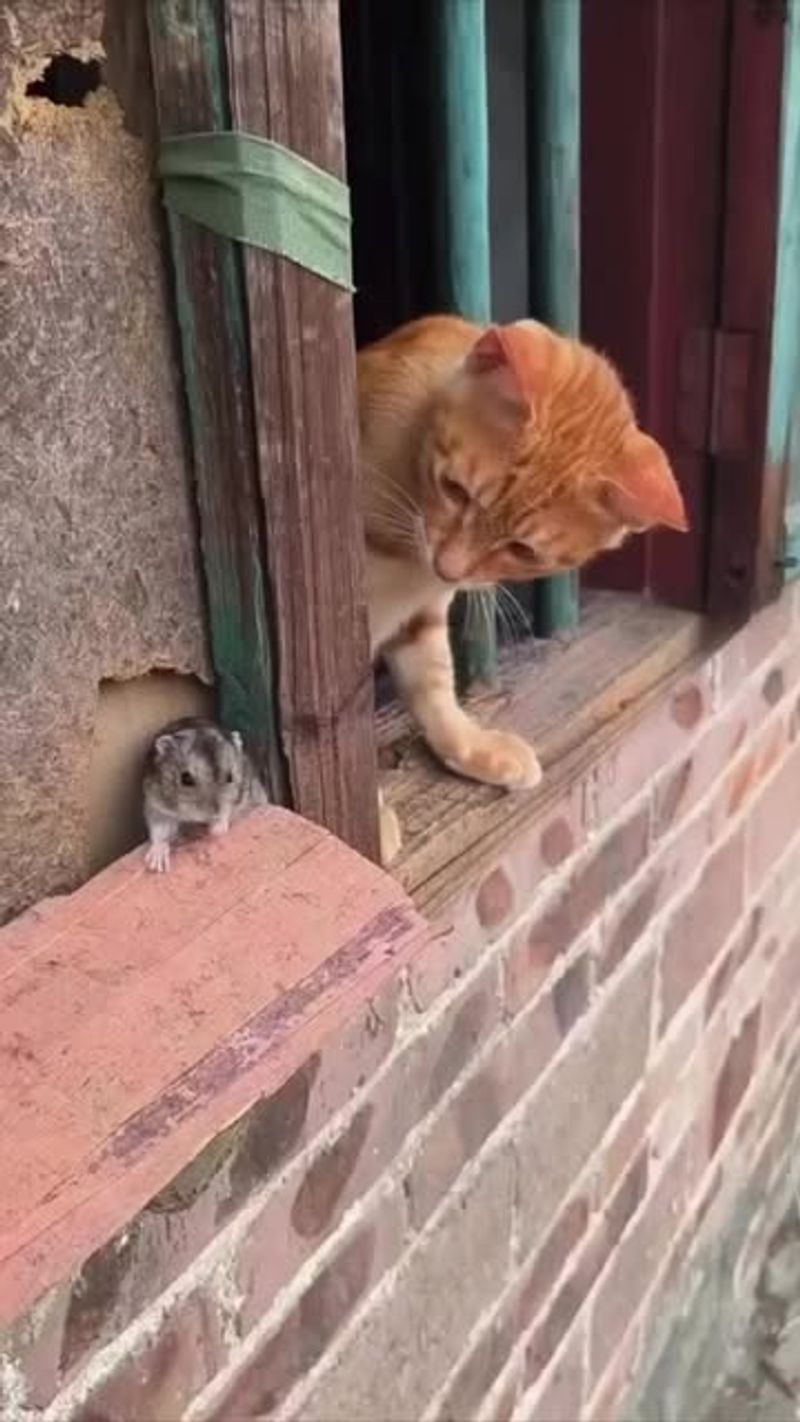
Cats are inherently curious creatures, often exploring every nook and cranny of their environment. This curiosity can sometimes be mistaken for mischief or interference.
However, it’s simply their way of understanding the world around them. Providing safe spaces and interesting objects to explore can satisfy their inquisitive nature.
This behavior stems from their instinct to investigate potential food sources or hiding spots. Encouraging this exploration enriches their lives and reveals their intelligence.
It’s a reminder of their playful and adventurous spirit, not a sign of troublemaking.
Vulnerable to Stress

Cats are susceptible to stress, often triggered by loud noises, unfamiliar visitors, or changes in their routine. This vulnerability can manifest as hiding or changes in behavior.
Understanding these triggers and creating a calm environment can alleviate their anxiety. Providing hiding spots and maintaining consistent routines helps them feel safe.
Recognizing and addressing their stressors leads to a happier and more relaxed pet. This sensitivity underscores their need for stability and comfort, which can often be misunderstood as aloofness or detachment.
Expressing Displeasure

When cats express displeasure, it’s often through subtle cues like tail flicking or ear flattening. These signals are their way of communicating discomfort or irritation.
Recognizing and respecting these signs can prevent escalation to biting or scratching. It’s important to remember that these reactions are not acts of aggression but requests for space.
By acknowledging their communication, you respect their boundaries, fostering a relationship built on trust and understanding. This perceptiveness reveals their complex emotional landscape, challenging the notion of them being needlessly difficult.
Need for Stimulation

Cats require mental and physical stimulation to thrive. Without it, they may resort to behaviors that are deemed troublesome.
Interactive toys, climbing structures, and regular play sessions can provide the necessary engagement. This need for stimulation is a sign of their intelligence and active nature.
Catering to these needs prevents boredom and the development of undesirable habits. Understanding and providing for this aspect of their personality reveals their playful and lively side.
It’s a chance to bond with your pet in fun and fulfilling ways that enrich their life.
Strong Sense of Smell
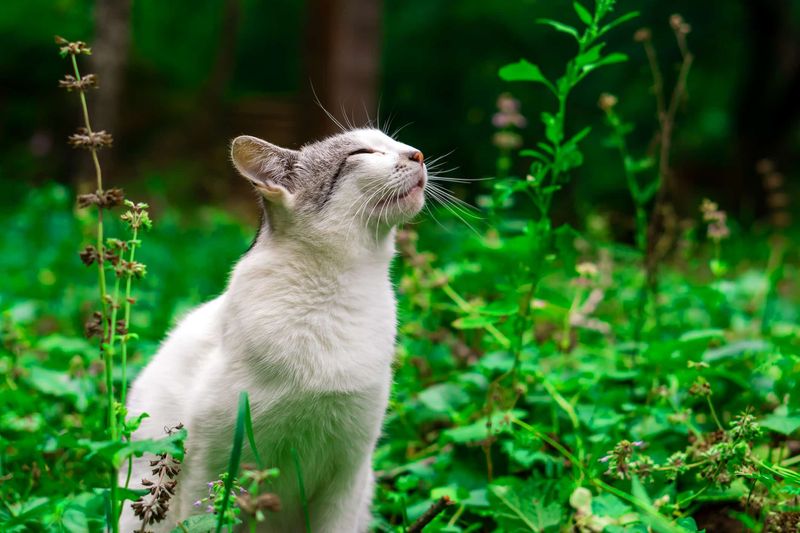
Cats possess an incredibly acute sense of smell, which plays a vital role in their interaction with the environment. This sensitivity can cause reactions to new scents that humans might not notice.
Their olfactory curiosity can lead them to explore various household items or even your clothing. Understanding their strong sense of smell can explain behaviors that seem odd or intrusive.
Providing scent-based enrichment, like catnip or scented toys, can satisfy their olfactory interests. This appreciation for their sensory world reveals a layer of their personality often overlooked.
Social Bonds with Humans
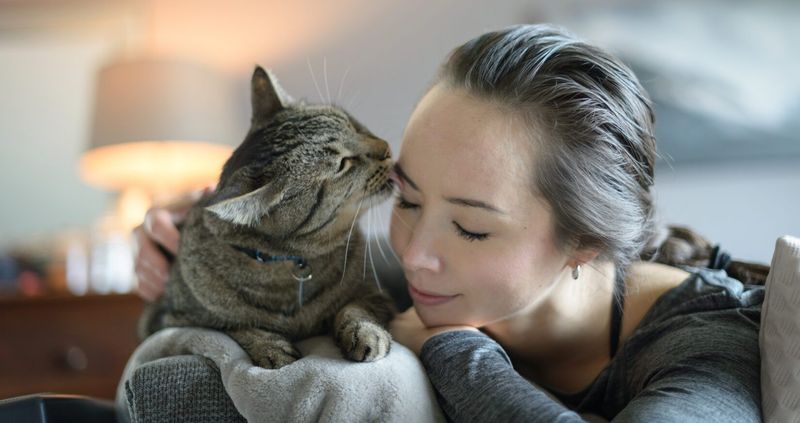
Cats form deep social bonds with humans, often choosing specific individuals as their favorites. This selective affection can be misinterpreted as being standoffish with others.
However, it’s a sign of trust and loyalty. When a cat chooses you, it means you’ve earned their confidence and companionship.
Understanding and appreciating this bond can lead to more meaningful interactions. Recognizing their selective social nature highlights their ability to love deeply and form lasting relationships.
It’s a reminder of the unique and rewarding connection they offer.
Intelligent Problem Solvers
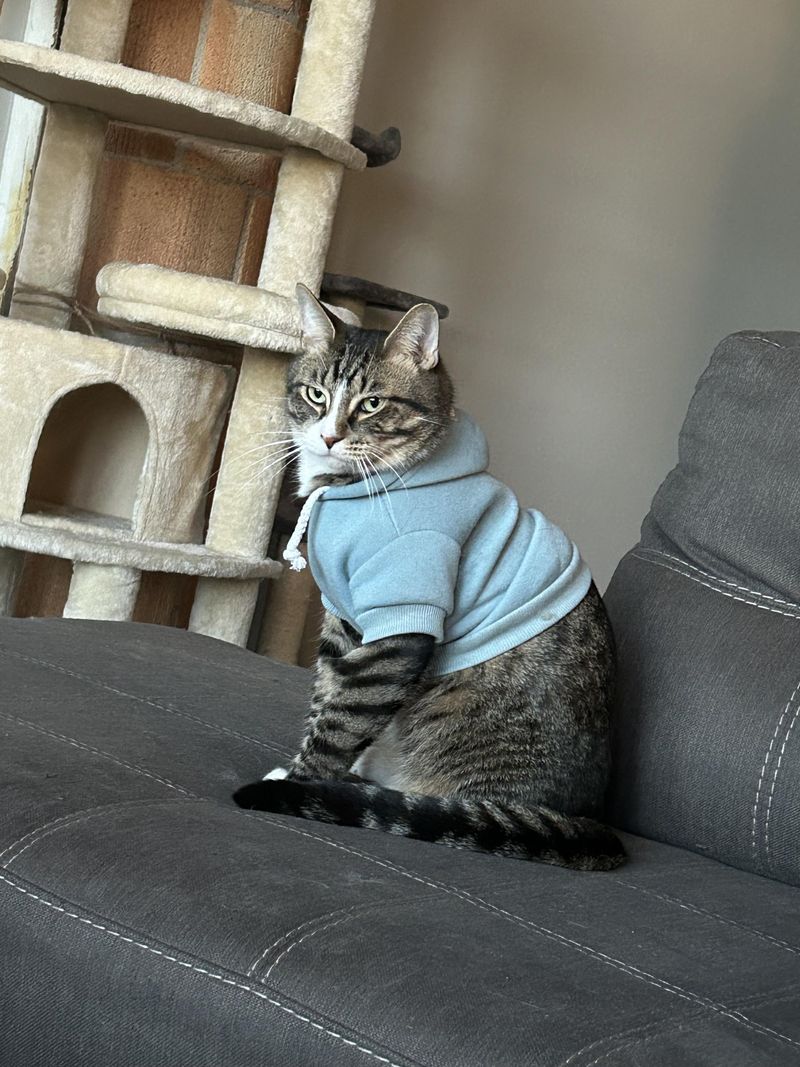
Cats are intelligent creatures, possessing remarkable problem-solving skills. This intelligence often manifests in their ability to open doors, operate simple mechanisms, or find hidden treats.
Such behaviors can be mistaken for mischief, but they highlight their cognitive abilities. Engaging with them through puzzle toys or interactive games can stimulate their minds and provide rewarding challenges.
Recognizing and nurturing their intelligence enriches their lives and showcases their cleverness. It’s an opportunity to collaborate with your pet in creative and engaging ways, deepening your mutual appreciation.
Subtle Displays of Affection
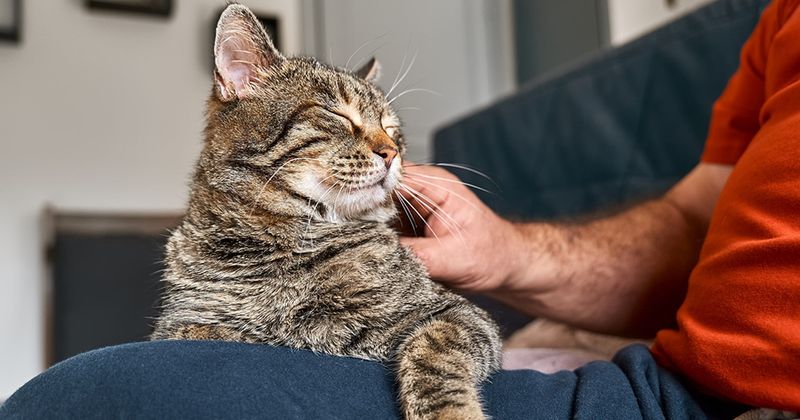
Cats often show affection in subtle ways, such as kneading or gently purring near you. These actions can be easily overlooked but are significant signs of their love and comfort.
Kneading is a behavior rooted in kittenhood, associated with nursing and contentment. When a cat kneads, it’s expressing trust and happiness.
By recognizing these gestures, you acknowledge their affectionate side, often masked by their independent demeanor. This understanding fosters a deeper bond, appreciating their unique ways of showing love.
It highlights their gentle and nurturing nature.
Quirky Personalities

Every cat has its own distinct personality, often filled with quirky habits and preferences. These idiosyncrasies can sometimes be mistaken for obstinance or strangeness.
However, they are expressions of individuality, much like human quirks. Embracing these unique traits leads to more meaningful relationships.
Whether it’s a peculiar sleeping position or an unusual favorite toy, these quirks make each cat special. They add joy and laughter to everyday interactions, reminding us of the diverse personalities within the feline world.
It’s a celebration of their individuality, not a sign of being a jerk.
Fascination with Heights
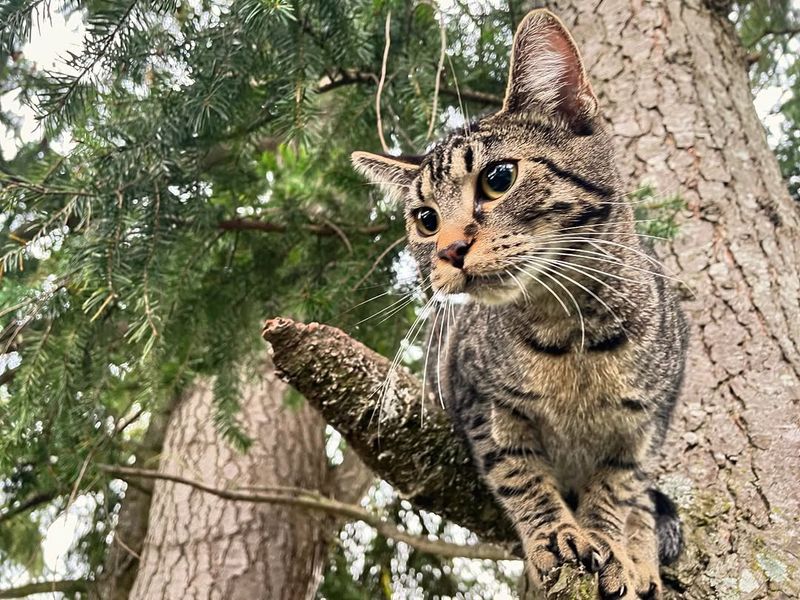
Cats are naturally drawn to high places, often seeking out perches and shelves to survey their domain. This fascination with heights is linked to their instinctual need to observe their surroundings for safety and prey.
While this behavior can lead to accidental tumbles or knocked-over items, it’s an expression of their natural instincts. Providing cat trees or designated climbing areas can satisfy this need.
Understanding and accommodating their love for heights enhances their environment and reveals their adventurous spirit. It’s an opportunity to appreciate their instincts rather than viewing them as disruptive.
Grooming as a Social Activity
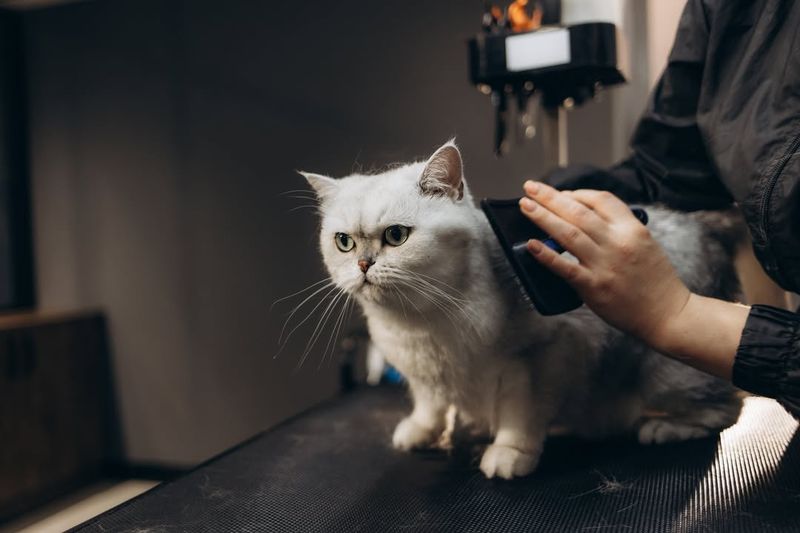
Grooming is more than a personal hygiene routine for cats; it’s also a social activity. When cats groom each other or their humans, it’s a sign of trust and social bonding.
This behavior, known as allogrooming, strengthens the connections between them and their companions. Recognizing grooming as a social gesture helps appreciate their affectionate and caring nature.
It’s a reminder of their capacity for love and community. Encouraging these interactions fosters a warm and welcoming atmosphere, enhancing the relationship with your feline friend.
Mysterious Yet Rewarding
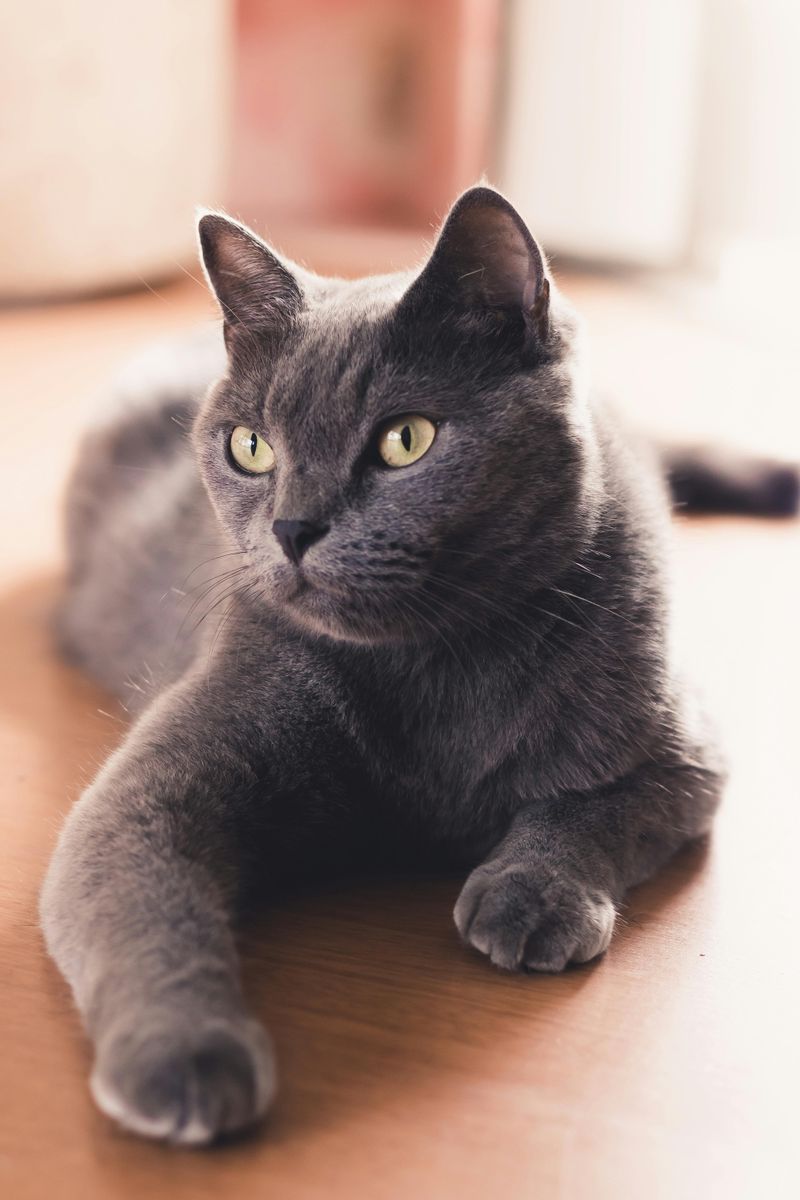
Cats possess an air of mystery that often intrigues their human companions. This enigmatic nature can sometimes be mistaken for aloofness, but it’s part of their charm.
Their unpredictable behaviors and expressions keep life interesting and engaging. Embracing the mystery allows for a deeper appreciation of their unique character.
It’s a reminder that understanding cats is an ongoing journey, filled with discovery and delight. By valuing their mysterious qualities, you invite endless opportunities for connection and enjoyment.
It’s a celebration of the unknown, rather than a point of frustration.
Expressive Eye Language
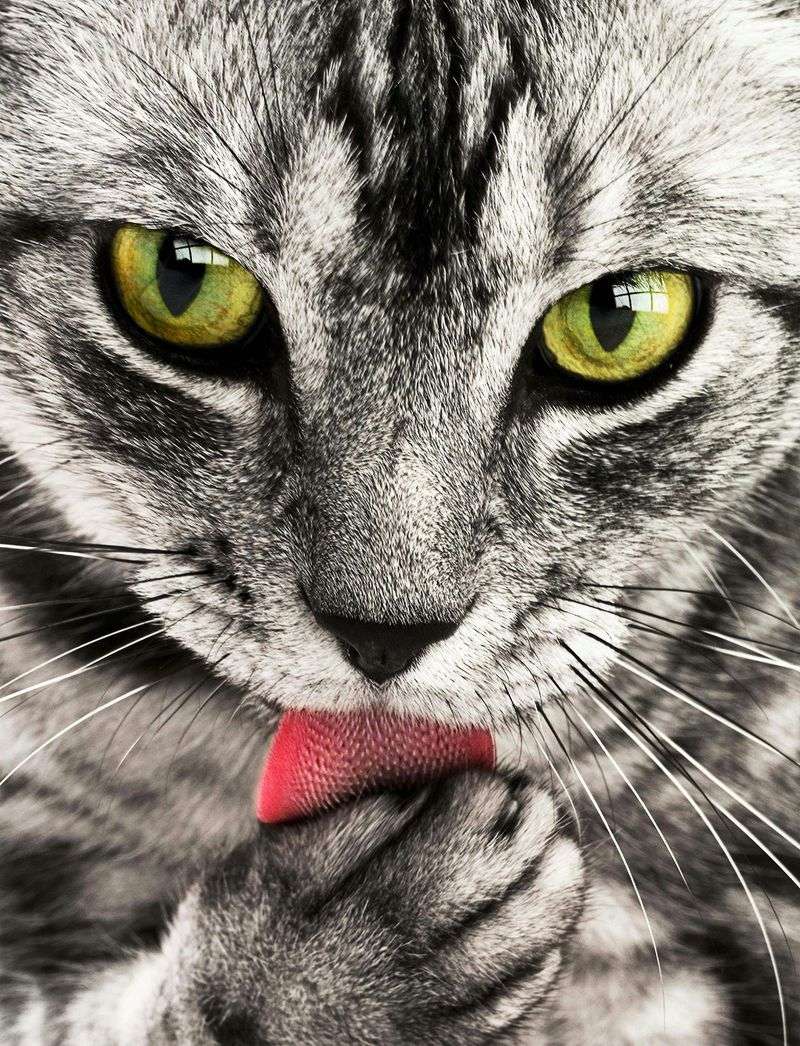
Cats communicate a wealth of information through their eyes. From slow blinks, which signify trust and affection, to wide-eyed stares indicating curiosity or surprise, their eyes are expressive tools.
Learning to interpret these signals provides insight into their emotions and desires. Recognizing the subtleties of their eye language enhances understanding and strengthens the bond between cat and owner.
It’s a window into their emotional world, offering clarity and connection. This appreciation of their communicative skills challenges the perception of them being inscrutable or indifferent, showcasing their emotional depth.

